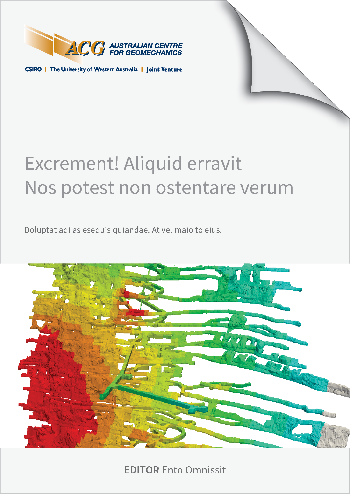Simprep: underground operations preparation and production planning for short and long term

|
Authors: Mohana, V |
DOI https://doi.org/10.36487/ACG_repo/2435_A-05
Cite As:
Mohana, V 2024, 'Simprep: underground operations preparation and production planning for short and long term ', in Daniel Johansson & Håkan Schunnesson (eds), MassMin 2024: Proceedings of the International Conference & Exhibition on Mass Mining, Luleå University of Technology, Luleå, pp. 49-64, https://doi.org/10.36487/ACG_repo/2435_A-05
Abstract:
Underground mining planning, over time, has faced different challenges to achieve more stable mining operations, under adverse rock mass conditions and increasingly demanding production goals, on which understanding short-term production cycles and resource distribution is key to understanding how the mine behaves under different scenarios, considering that each activity carried out is interdependent and its impact on the production chain can be crucial in understanding mining efficiency. Currently, within the standard short, medium, and long-term planning, there is no specific tool or model that supports underground mining planning to schedule activities (primary and secondary), which leads to delays, reinvestments, underutilized resources, bottlenecks, and undesired changes in mine planning. In order to generate optimal planning for underground operations, REDCO Mining Consultants has developed a dynamic resource allocation system, SIMPREP, which, by defining short time intervals, discretizes cycles into unit activities, scheduling the activities of different mining resources in various work fronts, responding promptly to operational events, through the logic of reallocating resources to other tasks, with the aim of minimizing deviations and maximizing business value, delivering a shift-level operation map, which can be robustly managed by the operation. This simulator is based on a precedence logic that considers the dimensions of space, time, pattern or strategy, cost or benefit of each structure, available resources, mine design, and operational constraints according to the production schedule and development priorities, modeling every activity of the mining cycle. As part of the applications carried out, various tests have been conducted in Chuquicamata Subterráneo, Codelco, where construction strategies were simulated for two production macro-blocks of the Block Caving mine, managing to identify bottlenecks, which generated differences of up to 20% delay compared to the plan, mainly due to support tasks. Sensitizations were carried out in teams, some of which allowed up to a 40% increase in monthly progress performance, in addition to evaluating different drilling strategies, with increases in drilling lengths, generating improvement opportunities in the order of 3-10% in monthly performance, depending on the efficiency of the shots. Currently, Simprep is being used in a Peruvian mine, where it is employed with the aim of achieving greater operational control and monitoring in the medium and short term of production plans and progress, based on a series of control and monitoring KPIs that logically allow to see the root cause of deviations and manage it efficiently, linking it with its effect on operating costs. This system has allowed for improvements in the operational cycle, which implies an increase of up to 15% in mine productivity. In conclusion, Simprep allows for the timely identification of delays in the plan, which, when accompanied by an appropriate management system that feeds Simprep correctly, enables decision-making to improve compliance with plans and optimize mining operations.
© Copyright 2025, Australian Centre for Geomechanics (ACG), The University of Western Australia. All rights reserved.
View copyright/legal information
Please direct any queries or error reports to repository-acg@uwa.edu.au
View copyright/legal information
Please direct any queries or error reports to repository-acg@uwa.edu.au